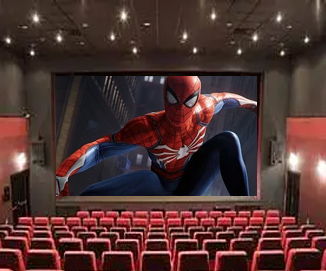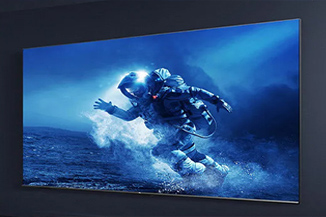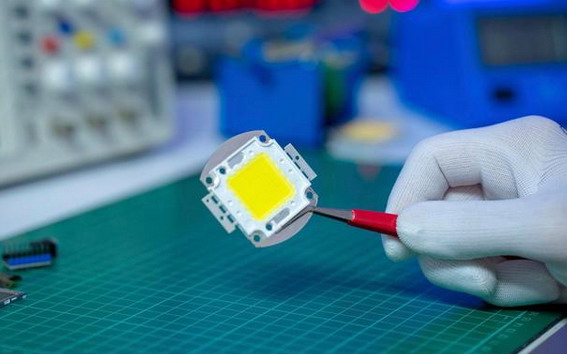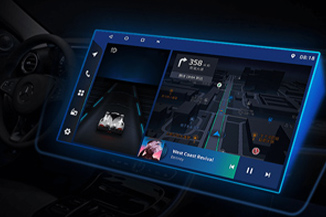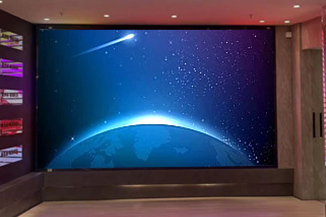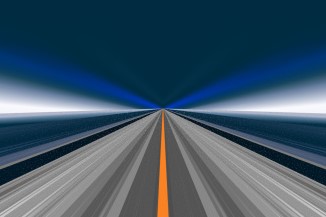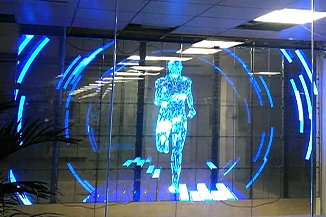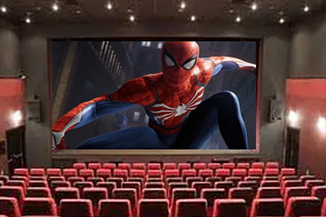Publisher: Supplier of LED Display Time: 2024-02-23 08:51 Views: 1093
With the rapid development of science and technology, display technology is also improving, bringing a colorful visual experience to our lives. Among many display technologies, IPS (In-Plane Switching) and LED (Light Emitting Diode) screens have become the two giants of modern display technology because of their unique advantages and wide application fields.
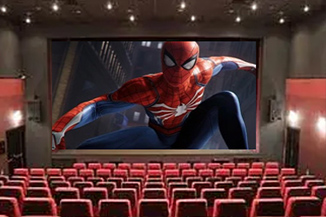
First, let's look at the IPS screen. IPS screen is a liquid crystal display technology, its biggest feature is its excellent color reproduction ability and wider viewing Angle. The traditional TN (Twisted Nematic) screen will appear color distortion and contrast reduction when the viewing Angle reaches a certain Angle, while the IPS screen can maintain a more accurate color performance and higher contrast at all angles. This gives IPS screens a significant advantage in situations that require multiple people to watch at the same time, such as conference rooms, exhibition halls, etc.
In addition, the IPS screen also has better dynamic response ability, which can reduce the picture drag and blur, making the display of dynamic images more clear and smooth. This feature makes IPS screens widely used in games, movies and other fields that require high frame rate display.
The LED screen is a light-emitting diode display technology, its biggest characteristics are high brightness, high contrast and low energy consumption. The LED screen realizes the display of the picture by directly controlling the brightness of the light-emitting diode, so it has a very high brightness and contrast, and can maintain a clear display effect under various light conditions.
At the same time, the LED screen also has lower energy consumption, because each LED can be independently controlled, and the brightness can be dynamically adjusted according to the screen content, thus achieving energy saving. This feature makes LED screens widely used in outdoor billboards, stadiums and other occasions requiring high brightness and low energy consumption.
Of course, IPS and LED screens have their own advantages and disadvantages, and need to be selected according to specific needs in practical applications. For example, in the need for high color reproduction capabilities and wide viewing angles, IPS screens are more advantageous; In the need for high brightness and low energy consumption, LED screens are more suitable.
With the advancement of science and technology, IPS and LED screens are also constantly developing and improving. In the future, we can expect these two display technologies to make greater breakthroughs in color restoration, viewing Angle, brightness, contrast and so on, bringing us more shocking visual effects.
In short, IPS and LED screens, as the two giants of modern display technology, have become an indispensable part of our lives with their unique advantages and wide application fields. Whether it is the color reproduction ability and wide viewing Angle of the IPS screen, or the high brightness and low energy consumption of the LED screen, it brings us a more colorful visual experience.
The above is the summary of the related knowledge of IPS and LED screen organized by the editor of LCF. I hope it will help you, and welcome you to supplement or correct it. LCF is a state-level specialized "little giant" enterprise, integrating "hardware + software + content + interaction" as one of the LED display application and solution providers. If you need to buy IPS and LED screen friends can also directly contact LCF LED display manufacturers Oh, big country brand, trustworthy!
